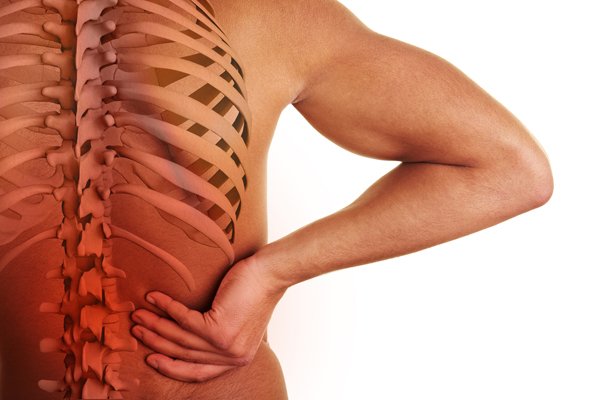Lower back pain is a common concern for many individuals and can be closely linked with sciatica. Sciatica is not a condition but a set of symptoms stemming from sciatic nerve issues. Understanding how these two concerns are connected provides insight into effectively addressing discomfort and managing symptoms.
Recognizing the Symptoms of Sciatica
The sciatic nerve, the largest in the body, runs from the lower back through the hips, buttocks, and down into each leg. When this nerve becomes irritated or compressed, it leads to sciatica, a condition characterized by pain, tingling, or numbness radiating along its path.
Common causes of sciatic nerve irritation include herniated discs, spinal stenosis, or bone spurs in the spine. These issues often originate in the lumbar spine, where they compress nerve roots, causing localized lower back pain. This compression also leads to radiating symptoms in the lower body.
Symptoms of sciatica often vary in severity but often include sharp or burning pain along the sciatic nerve’s pathway. Some individuals may also experience muscle weakness or a “pins and needles” sensation in the legs or feet. Notably, the intensity of the pain doesn’t always reflect the severity of the condition. Even mild nerve compression can cause significant discomfort, so understanding the full range of symptoms is key for identifying and addressing the issue.
Identifying Common Causes of Lower Back Pain
Several conditions can contribute to both sciatica and lower back pain. These include:
- Herniated or Bulging Discs: Discs that protrude can press on nearby nerve roots, leading to sciatica symptoms and lower back discomfort.
- Degenerative Disc Disease: Age-related changes in the spinal discs reduce flexibility and height, potentially causing nerve compression.
- Scoliosis and Structural Deformities: Abnormal curvature or alignment of the spine often leads to pain and mobility issues.
- Osteoporosis: Weak and brittle bones increase the risk of fractures, particularly in the spine, causing pain and posture problems.
Understanding these conditions allows for better communication with healthcare providers and aids in identifying possible treatment options. By gaining this knowledge, individuals are able to take a more active role in their healthcare journey and make informed decisions about their treatment.
Addressing Discomfort and Supporting Recovery
Finding relief from back pain and sciatica often involves a combination of targeted strategies. Stretching and gentle movement help reduce pressure on the sciatic nerve and improve flexibility in surrounding muscles. Practicing good posture and maintaining a healthy weight may also alleviate strain on the lower back. For cases where discomfort persists, healthcare providers may recommend therapies such as physical rehabilitation, medications, or specific interventions to manage symptoms effectively. Collaborative care can help address the root cause of pain and improve quality of life over time.
Moving Toward Comfort and Mobility
Understanding the connection between sciatica and lower back pain can help guide informed conversations with healthcare providers and support symptom management. By exploring potential causes and addressing pain proactively, individuals can take steps toward finding relief and improving their overall mobility. Early intervention and lifestyle adjustments make a significant difference in managing these conditions effectively.

Leave a Reply